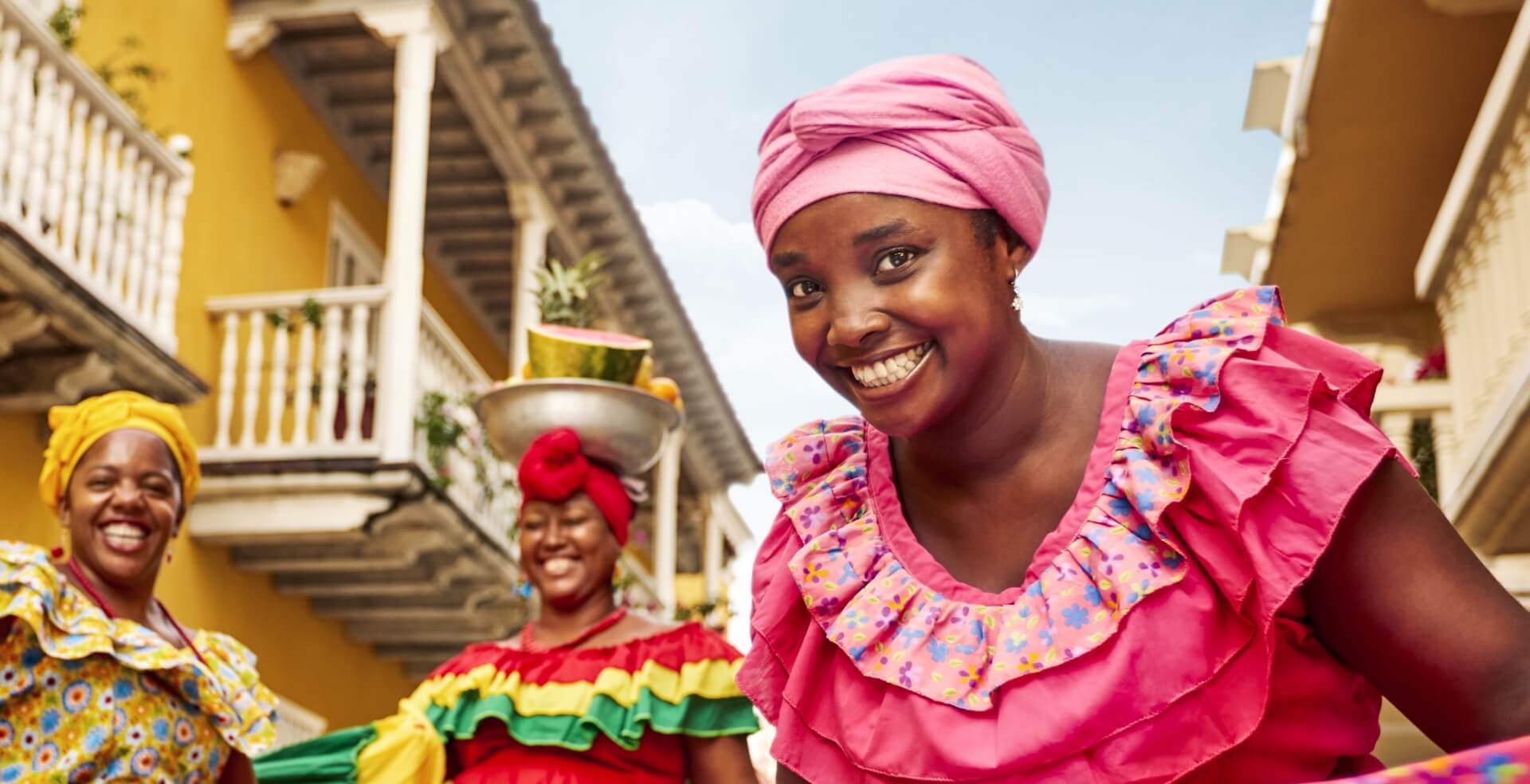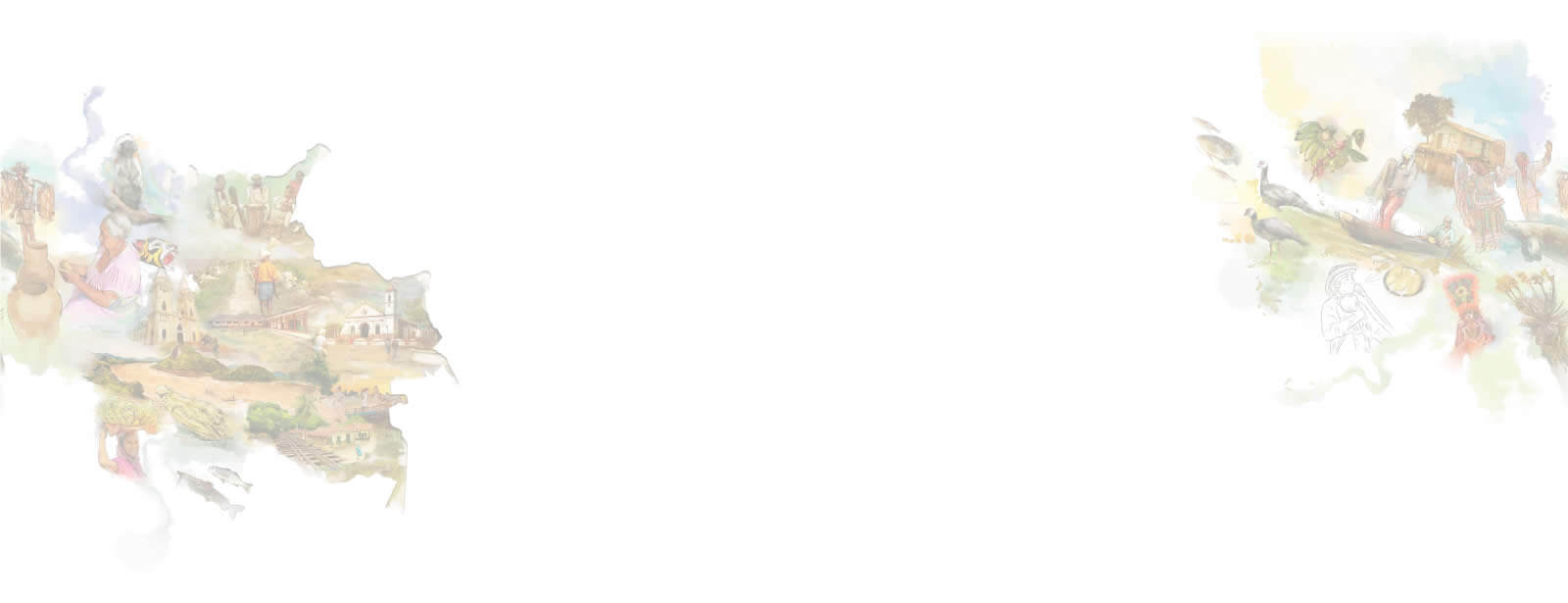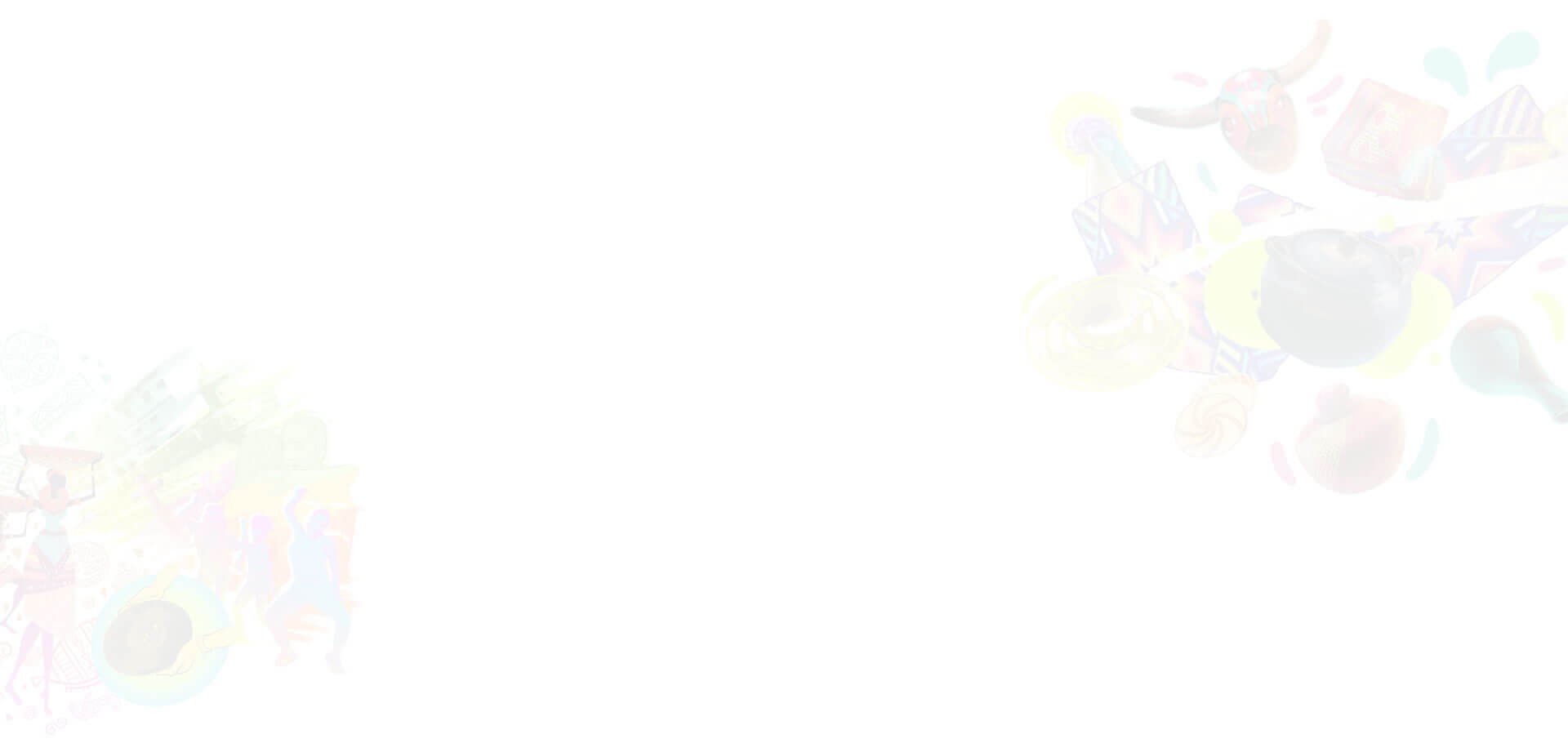
Culture is breathed and experienced every day in Bogotá, the capital of Colombia, located at 2,600 meters above sea level. The past and the present blend in this metropolis founded in 1538 to offer its visitors varied artistic expressions that include museum exhibits, dance, theater, music, and splendid cuisine.
From old times, Bogotá has offered a rich socio-cultural context that is the product of the convergence of Colombia’s contemporary and ancestral cultures. As a result of this convergence, visitors will find an ancestral past represented in architecture and historical elements preserved in its museums in addition to a present full of life.
The city always surprises its visitors. Every corner offers something to see and do. For those interested in tourism in Bogotá, we have:

Attractions you'll find in Bogotá
● 58 museums
● 62 art galleries
● 45 stage theaters
● Over 40 movie theaters
● 161 national monuments
● 75 large sports and mechanical attraction parks
● 44 handicraft shops
● 28 tourist interest churches
And as a complement:
● 33 libraries
● 94 shopping centers
● 62 convention centers
● 25 universities
In Bogotá, theater, concerts, lyric arts, films, classical ballet, contemporary dance, and well-attended open-air events find stages to satisfy every preference.
Bogotá is also the home of open-air artistic expressions of the stature of The Ibero-American Theater Festival of Bogotá, the largest theater feast in the whole world; Rock al Parque, Jazz al Parque, Ballet al Parque, Ópera y Zarzuela al Parque, four festivals held in public parks; the Bogotá Film Festival; the University Festival of Contemporary Dance; the Festival of World Folk Rhythms and Traditions; Alimentarte, an interesting food fair; and a good many others. These public and free access spaces make culture in the capital a basic right of citizens and visitors.
Bogota’s immense and varied cultural offer makes it a destination on a par with other world capitals.
Bogota’s intangible heritage, represented in the customs and expressions of a multi-ethnic population, is complemented by closed spaces in which culture lies as if time had stopped. Many memories are embodied in 17th and 18th century churches, religious and pagan pilgrimage sites, and architecturally valuable buildings.
Visitors to Bogotá are amazed at the much-acclaimed Salt Cathedral in Zipaquirá, the Sanctuary of Monserrate, the Colón Theater, and a multitude of colonial houses in La Candelaria district that are preserved virtually intact from the times when the city was small and its customs were provincial.
The city’s historical center

Walking through the historical center is an experience that takes visitors back to the past, while living the present intensely. Its streets have witnessed the passing of centuries, and every window, door, and corner has a story to tell.
Nowadays, the country’s political and legislative activities still take place in the historical center. The Casa de Nariño, (site of the President’s offices) is located here as well as the Congress of the Republic, the Supreme Court of Justice, and the Mayor’s Office – for their tradition and history, all part of the cultural memory of the city.
Bogotá has museums to suit every taste
Tourists from all continents visit the Gold Museum to admire the pre-Columbian treasures it guards, among them the famous Muisca Raft. In late 2008, after extensive renovation, the museum reopened its doors to show jewels and treasures from the Quimbaya, Calima, Tayrona, Sinú, Muisca, Tolima, Tumaco, and Malagana, among others, in its 13,000 square meters.
The Gold Museum, the largest of its kind in the whole world, has positioned itself as a true Bogotá icon.
The Gold Museum is part of the cultural complex of the Bank of the Republic. The complex also includes the Luis Ángel Arango Library, the Temporary Exhibits Hall, the Collection of Musical Instruments, the Concert Hall, the Mint House, the Botero Museum, and the Art Museum of the Bank of the Republic. The latter permanently houses the famous ostensories by the names of “La Lechuga”, “La Preciosa”, and “Las Clarisas”.
Further north, the National Museum of Colombia exhibits the most ancient findings related to Man in the territory of Colombia (10000 B.C.), scientific instruments, ceramics, furniture, portraits, flags, and works of Colombian art, among others.

You might be interested in: Ibero-American Theater Festival of Bogota
At present, seventeen permanent exhibit halls are open, and the temporary exhibits hall on the first floor has a continuous schedule of exhibits on varying subjects and authors in the fields of history, anthropology, and national and international art.
The National Museum is considered the oldest in the country and one of the oldest in the Americas. It was founded in 1823 in what once was a penitentiary. In 1975, it was declared a National Monument. In 2009, it is celebrating 185 years of devotion to preserving and making known the country’s cultural values.
House Museums
Among the most outstanding are the Quinta de Bolívar, the Mint House, the Botero Museum, the Casa del Florero, or 20th of July Museum, the Enrique Araújo Grau House, the Silva House of Poetry, the House of Francisco José de Caldas, and the House Museum of Francisco de Paula Santander.
Most of these house museums evoke the origins of the city, its main historical figures, and the characteristic objects of the time. For this reason, visiting them is to go back in time for an acquaintance with the past.
The MAMBO, or Bogotá Museum of Modern Art, is living proof that Bogotá is an avant garde city. It was founded in 1963 with an exhibit called “Tumba”, with works of Master Juan Antonio Roda. Today, the museum houses 2.200 works of art. This is the museum to experience Colombian modern art through representative works such as Nuestra Señora de Fátima by Fernando Botero, engravings by Álvaro Barrios, a bed by Feliza Bursztyn, and furniture by Beatriz González.

Bogotá has museums for all kinds of publics. The Maloka Interactive Science and Technology Center was designed for children for the purpose of allowing them to explore, become acquainted, learn, and have fun through technological, scientific, cultural, educational, and recreational instruments for visitors of all ages.
This is only a sampling of cultural Bogotá. Aside from museums, festivals, house museums, events, interactive centers, parks, theaters, dance, and works of art, the people who reside in the city are a fundamental support to this city that breathes and experiences culture.You might be interested in: Visit the treasures behind the charms of Colombia.















